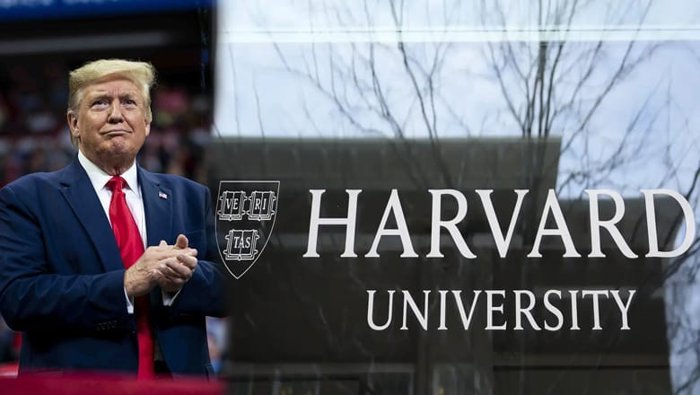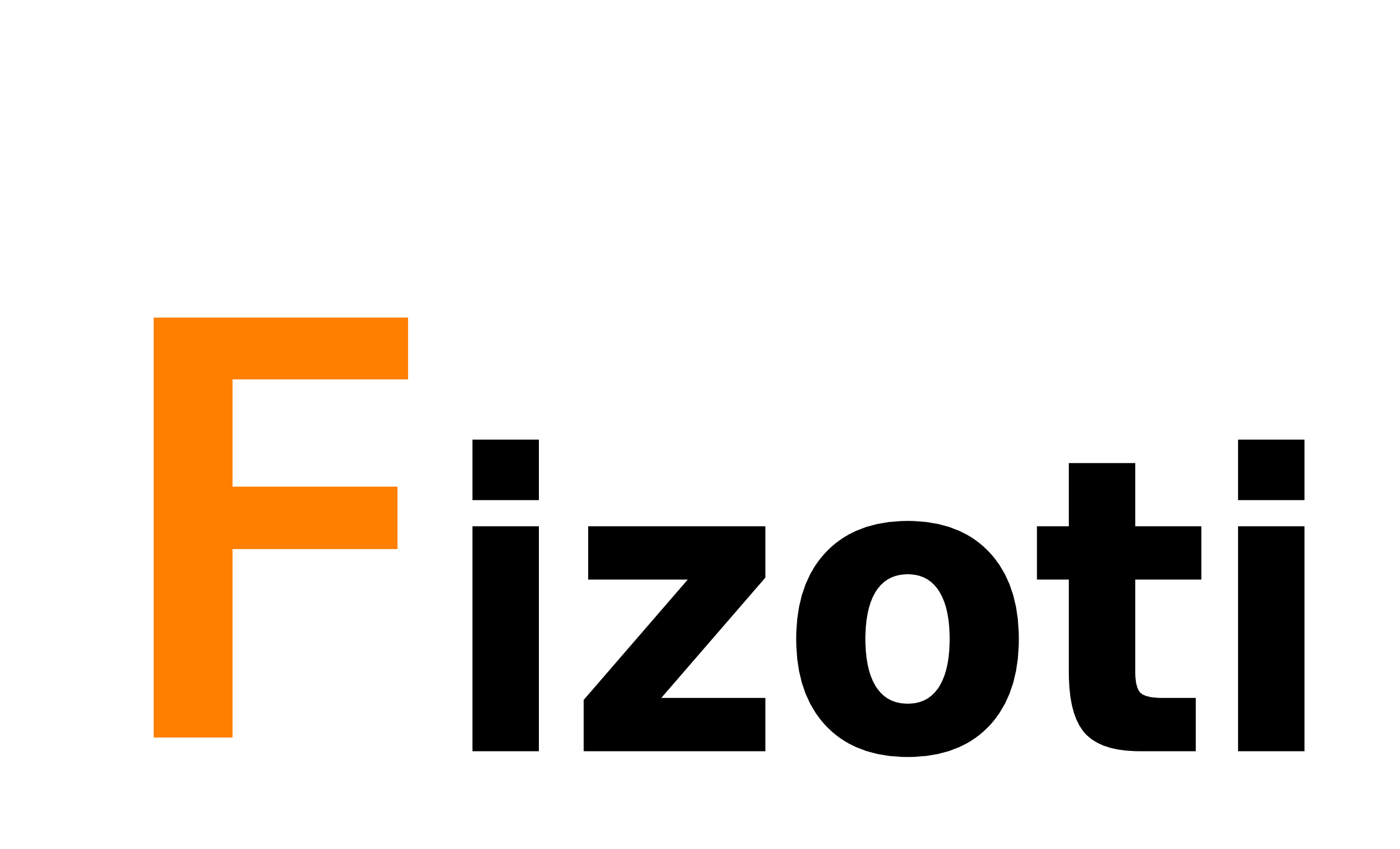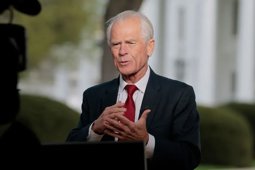
Trump Admin Letter to Harvard Disputed
A letter sent to Harvard University on April 11 by the administration of United States President Donald Trump has come under scrutiny, with reports indicating that it was “unauthorized.” According to sources cited by the New York Times, the letter’s legitimacy and intended audience remain unclear, leading to confusion and controversy.
The message, which bore the signatures of three federal officials and was delivered via the official email account of a senior government figure, raised alarm at Harvard, prompting a formal institutional response. The university argued that, given the official format, there was no reason to question the document’s authenticity.
Accounts from inside the White House vary. Some officials claim the letter was sent prematurely, while others suggest it was originally intended only for members of the Joint Task Force to Combat Anti-Semitism. This discrepancy has added to the uncertainty surrounding the letter’s purpose and distribution.
In response to Harvard’s handling of the situation, White House Senior Policy Strategist May Mailman criticized the university for what she described as opting for a “victimhood campaign” rather than direct communication. She said Harvard failed to “pick up the phone and call the members of the antisemitism task force.”
Harvard, in turn, maintained that the letter appeared official in every respect—signed, formatted, and sent through proper federal channels—and was delivered on the date that had previously been stated. Therefore, the university treated the correspondence as legitimate and responded accordingly.
The incident reflects ongoing tensions between academic institutions and federal authorities, especially in the context of rising concerns over antisemitism and administrative oversight. As the administration and the university stand by their respective positions, questions remain over the internal communication procedures that allowed the letter’s premature dispatch—or whether it was truly a mistake at all.






